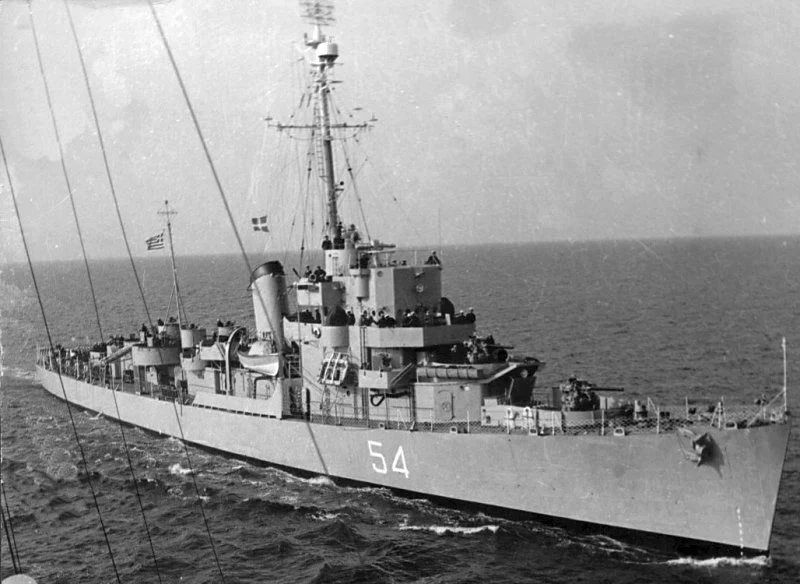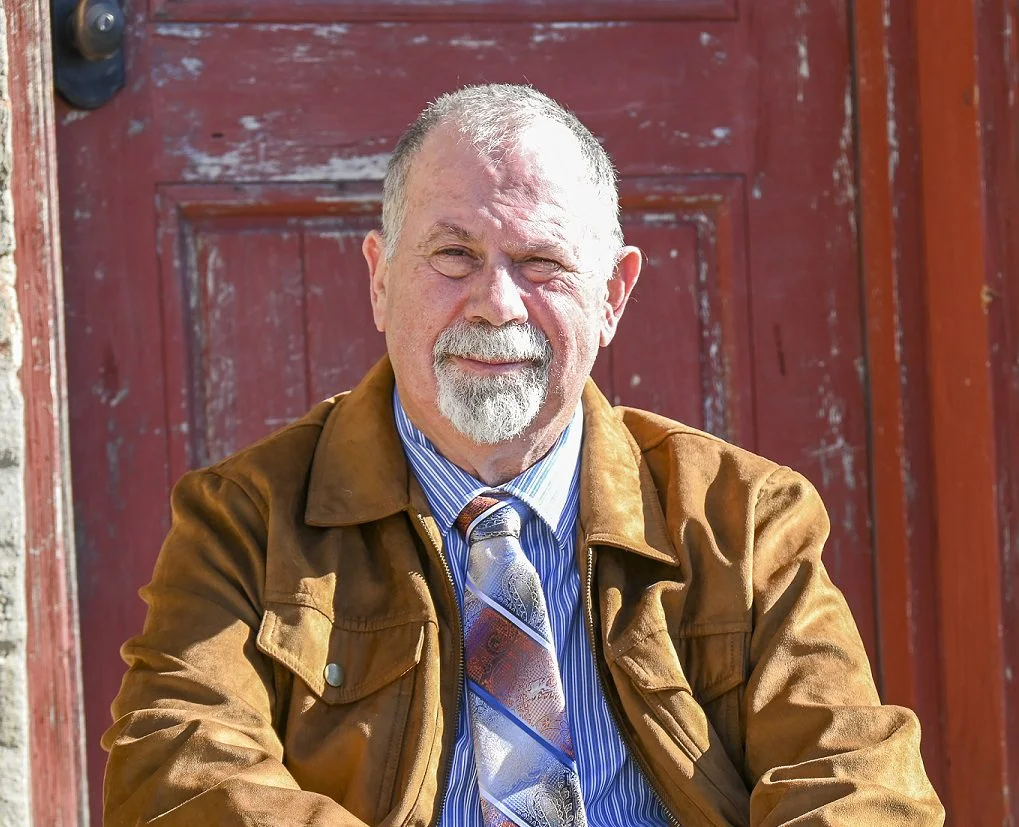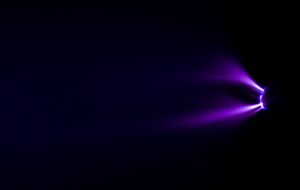Philadelphia Experiment – At a Glance
Townsend Brown’s naval career blended routine assignments with rumored links to classified research. From early sea-based experiments aboard the Submarine S-48 to his work with radar, magnetism, and electrostatics, his trajectory overlaps with technologies central to the Philadelphia Experiment. This controversial project allegedly made a Navy ship disappear using electromagnetic fields. While Brown never confirmed involvement, the timing of his resignation, his technical expertise, and the secrecy surrounding his service have fueled ongoing speculation. Whether fact or myth, the Philadelphia Experiment continues to raise questions, and Townsend Brown’s legacy remains closely tied to its enduring mystery.
Read time: 6 minutes
Introduction
Townsend Brown’s time in the Navy blended science, secrecy, and speculation. While much of his service was routine, certain assignments hinted at deeper involvement in classified experiments. One such mystery that continues to stir debate is the Philadelphia Experiment.
Brown’s Scientific Curiosity Began in the Navy

Brown started his scientific journey at Swayze Observatory, but after the Depression forced staff cuts, he joined the U.S. Navy. On the Submarine S-48, he served as a sailor and radio operator under Admiral Reckelhoff. During this time, the Navy conducted classified sea-based experiments, which some believe laid the groundwork for what would later be known as the Philadelphia Experiment with the U.S.S. Eldridge Navy ship.
Brown later joined the Navy-Princeton gravity expedition aboard the yacht Caroline, loaned to the Smithsonian by Eldridge R. Johnson for deep sea research. After that mission, he was assigned to the Naval Research Lab in Annapolis, Maryland.
Between assignments, Brown worked with the Federal Emergency Relief Administration and later in the Civilian Conservation Corps. During this period, he perfected his gravitator device and was awarded US Patent 1,974,483 in 1934 for an electrostatic motor. Some speculate these innovations were connected to future classified projects like the Philadelphia Experiment.
The Making of a Military Scientist
Brown reenlisted in 1937. A year later, he became a lieutenant and took on engineering duties for Navy flying boats at the Glen Martin aviation company in Maryland. He later worked at the Bureau of Ships in Norfolk, Virginia, where he conducted magnetic and acoustic minesweeping research and trained others in the techniques.
These roles placed him in direct contact with radar, magnetism, and sonar technologies, disciplines often tied to accounts of the Philadelphia Experiment. His expertise grew in exactly the areas said to be central to the alleged project.
A Sudden Exit from Service
Brown remarried Josephine just before the start of World War II. But in October 1942, he abruptly resigned. His discharge paperwork stated only, “No comment.” While some attributed it to stress or overwork, others believed it was tied to sensitive operations.
The timing of his resignation has fueled speculation that he may have been involved in early stealth or energy-based experimentation, possibly even the Philadelphia Experiment itself, which reportedly took place that same year.
Technology, Secrecy, and the Philadelphia Experiment
The Philadelphia Experiment, according to multiple accounts, was an attempt to make a Navy ship invisible to radar using electromagnetic field manipulation.
What Was the Philadelphia Experiment?
The U.S.S. Eldridge was allegedly equipped with electromagnetic generators designed to bend light and radar waves around the ship. Witnesses claimed the ship vanished from Philadelphia Harbor and reappeared minutes later in Norfolk, Virginia. When it returned, several crew members were said to be disoriented, injured, or fused into the ship’s metal structure.
Though officially denied, the experiment’s core details, including field distortion and teleportation, mirror modern UAP sightings, which often involve sudden appearance, vanishing, and interference with instruments.
In interviews with Charles Berlitz and William Moore, authors of The Philadelphia Experiment, Brown declined to confirm his involvement. He simply said, “We cannot talk about that now.” Given his technical background and assignments, many still believe he was involved.
Personal Encounters and Lingering Questions
In 1983, while running Deavenport Products, my natural food store, I was reading “The Philadelphia Experiment” when a customer named C.E. Marsh noticed the book. He said, “I was serving in Naval Intelligence during World War II. There were rumors about an experiment where they tried to render a ship radar invisible. The results were disastrous.”
That moment was personal validation. Marsh hadn’t read the book; he had lived the era. Whether or not Townsend Brown played a direct role, the details surrounding his career keep the legend alive.
“The greatest secrets are always hidden in the most unlikely places.” — Roald Dahl
Philadelphia Experiment – What We Know
Townsend Brown’s naval career reads like a bridge between conventional duty and the shadowy edge of experimental science. His roles in radar, magnetism, and acoustic research positioned him within the realm of what the Philadelphia Experiment would later claim. Though he never confirmed involvement, the timing, expertise, and secrecy surrounding his resignation keep the story alive. Sometimes history leaves us with more questions than answers.
If elements of Brown’s naval assignments influenced his later research, what clues should we be looking for in declassified materials?
From Unanswered Questions to Unfinished Work
When history leaves gaps—when the trail goes cold or the witnesses fall silent—it’s tempting to close the book. But sometimes, silence is an invitation. An unfinished sentence waiting for the next mind to pick up the pen.
The Philadelphia Experiment may forever straddle the line between myth and possibility, but the scientific questions it evokes are very real. Field distortion, electromagnetic propulsion, gravitational manipulation—these aren’t just the stuff of legend. They are the building blocks of future breakthroughs.
If you’re designing an experiment, attempting a replication, or exploring a theory in electrogravitics, I understand how complex and rewarding this kind of work can be. Whether you’re building on Townsend Brown’s foundations or charting your own path, you don’t have to work in isolation. I offer mentorship and project guidance for those pursuing serious studies in this field. From reviewing concepts to refining experimental setups, I’m here to support those who are putting in the time to test, question, and explore.
📩 Reach out at 👉 letstalk@larrydeavenport.com or schedule a time to talk if a conversation would help clarify your direction.
No matter where you’re starting from, your work matters. Let’s make sure it has the best chance to move something forward.
About the Author

Larry Deavenport is a researcher, speaker, and educator with more than 40 years of experience exploring the frontier of electrokinetics, which he calls energy in motion. As founder of Deavenport Technology, he is dedicated to equipping innovators, researchers, and engineers with the clarity, tools, and mentorship they need to transform scattered theories into working prototypes.
Larry’s work focuses on bridging the gap between curiosity-driven experimentation and practical application. His teaching combines structured principles, hands-on demonstrations, and one-on-one guidance to help learners refine breakthroughs and accelerate discoveries. Through his keynotes, workshops, mentoring programs, and his two signature master courses, Larry inspires a new generation of pioneers to explore advanced gravitics and motion-based energy systems that align with natural forces and reduce environmental impact.
Passionate about both discovery and education, Larry continues to share his research and insights at conferences, in collaborative forums, and through his growing platform at Deavenport Technology. His mission is to guide bold thinkers who are ready to move from possibility into progress, shaping the future of sustainable energy and redefining what is possible.
References
- The Philadelphia Experiment: Project Invisibility by William L. Moore and Charles Berlitz The foundational book that brought the story into the public eye. Interviews Townsend Brown and connects him to the project.
- Defying Gravity: The Parallel Universe of T. Townsend Brown by Paul Schatzkin A deep dive into Brown’s life, research, and fringe science ties—including his possible role in the experiment.
- Secrets of Antigravity Propulsion by Paul A. LaViolette Explores unconventional propulsion technologies and references Brown’s work as part of that hidden world.
- The Case for the UFO by Morris K. Jessup Book that became linked to the Philadelphia Experiment after annotated copies were sent to the Navy—sparking further intrigue.



